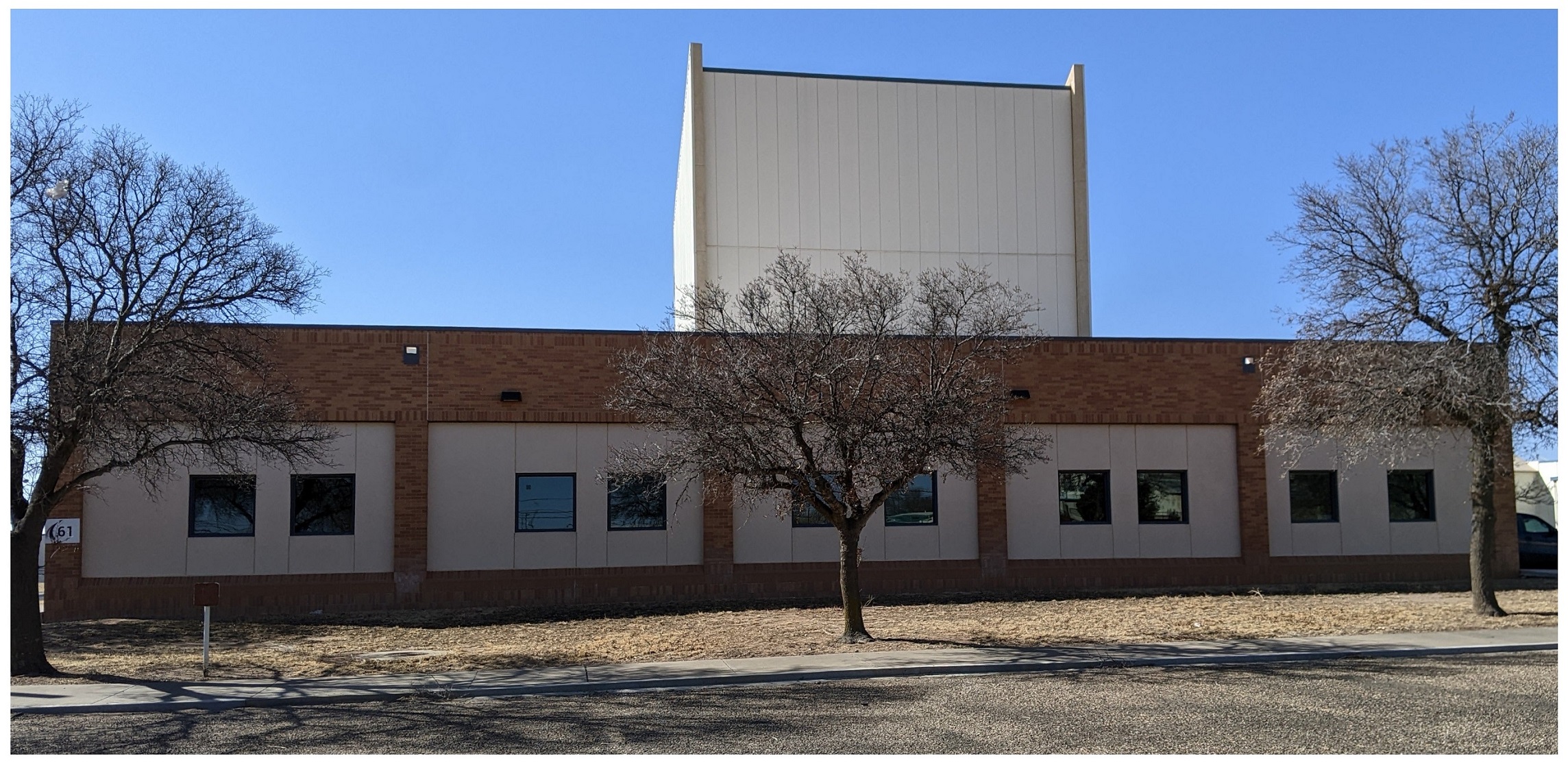Center for Emerging Energy Sciences
Building 61

The research group has the expertise and capacity to develop new green-nanocatalysts for energy-based research. Over the years we have been able to synthesize nanoparticles (i.e., Pd-alloy or Metallic-alloy) with various shapes and sizes (2-100 nm) using bottom-up approach with a Schlenk line. They are functionalized with ligands such as (−)-Epigallocatechin gallate (EGCG), polyamidoamine (PAMAM), sodium carboxylmethyl cellulose (NaCMC), cetrimonium bromide (CTAB), sodium dodecyl sulfate (SDS), biodegradable and natural polymers. Synthesis strategy and methodology adopted for our nanoparticle's development are primarily focus on laser ablation, sputtering, sonochemical, hydrothermal and green syntheses. These nanoparticles are characterized by Hitachi H-9500 TEM (Transmission Electron Microscopy) using an accelerating voltage of 300 kV.
Our in-house metallurgy instruments are used to fabricate metals into various dimension, and geometry which encompasses top-down approach for nanomaterials synthesis. The vectrax milling machine (800 rpm) and Alliant-RT2 vertical mill are used for cutting metals into desirable geometrical shapes. Melting of metals are done with our Miller XMT 304 cc/cv dc inverter arc welder and are cold pressed with 30 Tons air press Baileigh industrial instrument. These metals are rolled by an electric roller machine and annealed in Carbolite Gero furnace (30-1,200oC) to affect the crystallinity of the metals. Materials are baked and cured in our Carbolite Gero oven (30-300oC). Bruker X-ray fluorescence (XRF) in our lab is an analytical instrument used to analyze elements in samples.
The surface morphology of materials used in electrocatalytic experiments (electrodes) are characterized by scanning/transmission electron microscope (STEM) Hitachi H-8100 75kV-200kV. Nanoparticles co-deposited on metal electrodes are imaged for crystal formation and growth. Zeiss Crossbeam 540 FIB-SEM is an exceptional technique enabling imaging at extremely low kV and high FIB currents of 100 nA with a resolution of 50 k x 40 k pixels. An energy dispersive detector (EDS) on our SEM/TEM, which uses an x-ray technique, enabled analysis of energy spectrum of different elements.
Hitachi S-3400 Scanning Electron Microscope in our laboratory have an accelerating voltage of 30 kV with tungsten filament. It has both backscatter electron (BSE) and secondary electron (SE) detectors. The 5-axis motorized stage is fully eucentric and can analyze sample up to 25 cm diameter. The adjustable pressure mode makes BSE observation from 6-270 Pa. Deben Peltier cool stage feature on the instrument allow control of moisture loss at low vacuum mode.
Transmission Electron Microscope (TEM) Hitachi S-7650 is another instrument used for imaging due to it sensitive camera and accelerating voltage of 120 kV. The electron beam dose can be as low as 10-12 C/cm2 for image observation. The maximum resolution is 0.36 nm point to point and the bottom-mounted camera is 4 megapixels (AMT XR-41). The instrument magnification range are: 50x-1,000x in low-mag mode, 20x-200,000x in HC mode and 3,000x-600,000x in HR mode.
Texas Tech Building 61 Laboratory Space
Our laboratory at building 61 sits on 10,000 square feet (i.e., actual building area per floor) with building height 48 feet and sprinkler system. The floor building exits, and corridor widths are 44 inches. Exit separations of 100 feet and the number of exits required and available are 2. The occupant load is 109 with corridor rating of 0 hour. The entire building has a security and alarm system service that is provided by Texas Homeland Security and Sound. The security system and motion sensor alert the local police if the building is intruded. More so, the local fire department is notified with the aid of GDS Corporation control and Firetrol protection systems that alert if smoke and fire outbreak occur in the laboratory. The bullet proof windows all around the building is an added safety feature which promotes a healthy and conducive work environment.
The main laboratory area is 30,000 square feet with two fume hoods and one emergency safety shower/eye wash station. In this area, we have two mass spectrometers, nitrogen fixation experiment station, near zero environment electrochemical set ups, SRS RGA 300 (Residual Gas Analyzer), Eppendorf centrifuge 5810, Bruker M1 0RA XRF (X-ray fluorescence) and nanoparticles development/synthesis station.
Calorimetry room is 600 square feet; it has a vacuum calorimeter, mass spectrometer and electrocatalytic experiment set ups. The wet chemistry room is the same size has the calorimetry room with a fume hood, Millipore deionized water system and Carbolite Gero furnace (30-1,200oC). Materials are etched and annealed in the furnace in this room. Chemicals (salts, reagents, acids, glassware's, and glovebox) are safely stored and prepared in the fume hood at this location.
Metallurgy works are conducted in the machine shop, which is 800 square feet for milling and fabricating materials. The second machine shop is 1,050 square feet used for orbital welding, rolling and room temperature air press for materials. The laser experiment room is 650 square feet and has a mass spectrometer. All these rooms have emergency safety electrical and fire extinguishers, shower/eye wash station, smoke detectors, oxygen, and hydrogen sensors.
The office area in building 61 is about 2,000 square feet for scientist's personal workspace and 200 square feet conference room for research group meetings. The break room is 300 square feet, and the building has a male and female restroom.
Department of Physics and Astronomy
-
Address
Texas Tech University, Department of Physics & Astronomy, Box 41051, Lubbock, TX 79409-1051 -
Phone
806.742.3767 | Fax: 806.742.1182 -
Email
physics.astronomy.webmasters@ttu.edu | physics.academic.advising@ttu.edu
